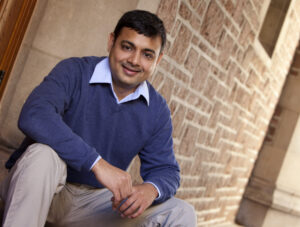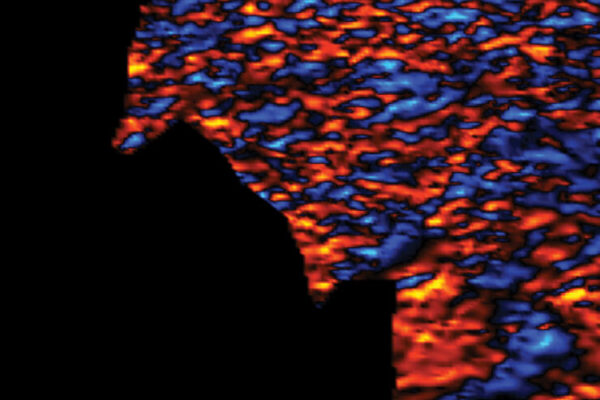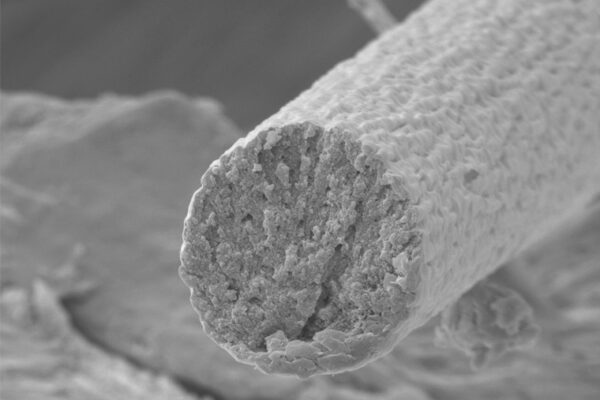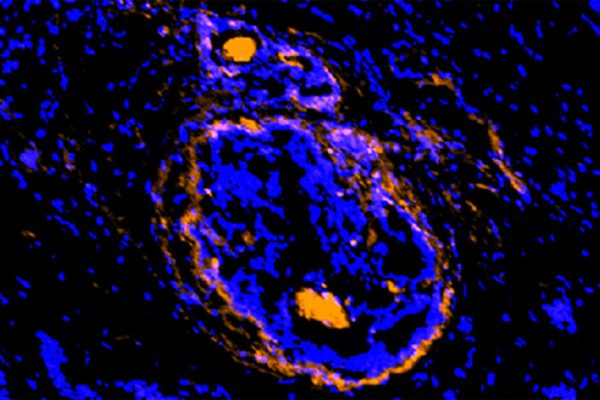Cells in human bodies can adapt to the various properties in different environments, such as in healthy, diseased, stiff or flexible tissue, and remember those adaptations when they move to a new environment.

Amit Pathak, associate professor of mechanical engineering and materials science at the McKelvey School of Engineering at Washington University in St. Louis, plans to take a closer look at how these cells use this priming and memory to respond to new tissues with a three-year $419,750 grant from the National Science Foundation. The results will offer new information on mechanical memory, which can provide insight into such processes as tumor metastasis, human development and wound healing.
The work builds on previous mechanobiology research in Pathak’s lab, in which he found that cells that retain memory about the mechanical properties of a previous environment are less adaptable to their new environment. In the new research, Pathak will use living cells as well as various models to study how cells primed in a stiff environment move compared with cells primed in a softer environment, as well as how this transfer to a new extracellular matrix is regulated by remodeling of collagen fibers.
Read more on the engineering website.



Comments and respectful dialogue are encouraged, but content will be moderated. Please, no personal attacks, obscenity or profanity, selling of commercial products, or endorsements of political candidates or positions. We reserve the right to remove any inappropriate comments. We also cannot address individual medical concerns or provide medical advice in this forum.